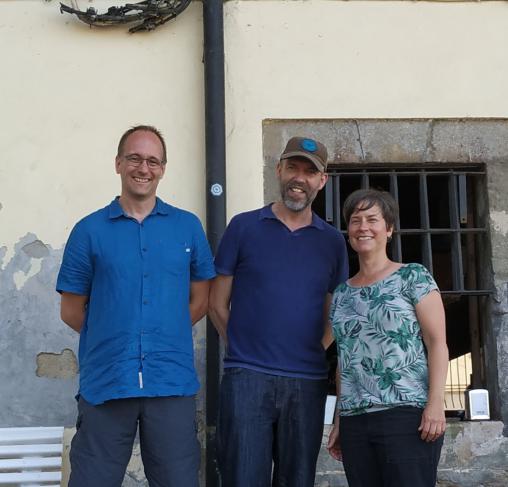
The strict division between the categories of fine art and ethnography in museums of cultural heritage is a contentious topic. Any attempt to redress the balance between the two tends to meet with resistance, as soon as it challenges the core values and conventions from which museums derive their authority.
With Museo Bikoitza, however, the San Telmo Museum in Donostia / San Sebastian has generously opened up a pioneering space of experimentation between these categories, and granted a prominent role to artistic practices in the development of innovative approaches to its own ethnographic collection and narratives of display.
To do justice to the scope of this undertaking requires a certain cultural sensibility, and a capacity to look beyond the horizon of one’s own discipline. That is why, after careful deliberation, we are pleased to nominate Hinrich Sachs as our successor in the Museo Bikoitza project.